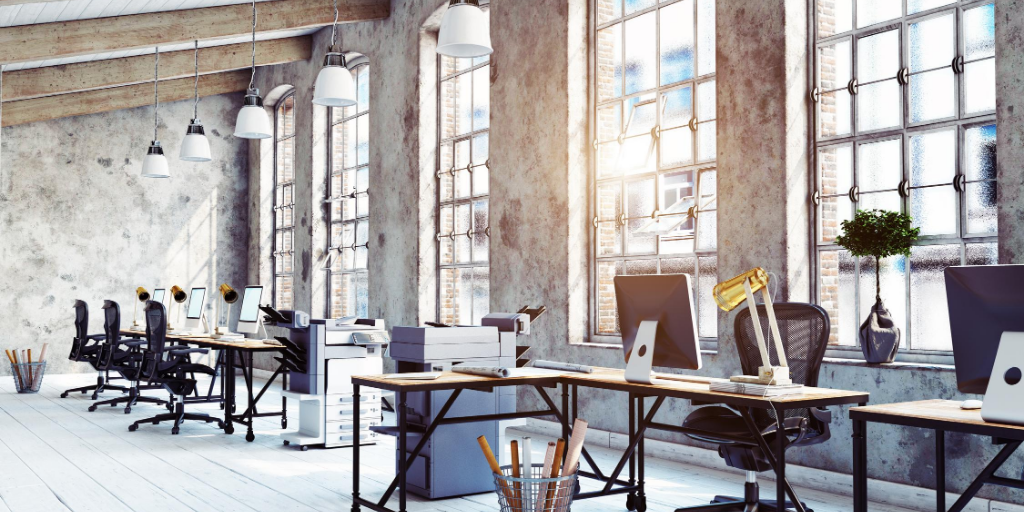We’ve talked a lot about mold prevention and remediation in your homes, but the problem also extends to commercial properties, specifically in office spaces. Whether you’re a building manager, custodian, or employee, being aware of signs of molding and knowing how to prevent it is crucial for the safety of your building and everyone inside of it. Today we’ll discuss some safety tips and guidelines from the Occupational Safety and Health Administration (OSHA) for mold in commercial properties.
Learn how to identify mold
If moisture or water and oxygen are present, mold can grow virtually on any surface. When this happens indoors, the mold can begin to eat away at materials, affecting their look and smell. If any building materials or furnishings have been wet for more than 48 hours or if the building has existing moisture problems, there’s a good chance that mold may be present. Mold comes in many shapes and sizes, so if something looks like it may be mold, report it! It’s better to be safe than sorry. Also, be aware of any moldy or musty odors, and report them to the building manager ASAP.
Know the symptoms
Sometimes mold may not be visible or may be difficult to identify. Knowing the potential health effects of mold exposure and being conscious of how you’re feeling can clue you in that there may be mold somewhere in the building. Some tell-tale symptoms that you may be exposed to mold are skin rashes and irritations, asthma attacks, irritated eyes, or a wheezing, consistent cough. However, it is important to note that there are currently no federal standards for airborne concentrations of mold or mold spores and scientific research between mold exposure and health effects is ongoing. Additionally, if mold is identified and remediation is taking place, be sure no one in the workspace is eating, drinking, or using tobacco products and cosmetics to avoid contamination by mold and other harmful substances.
If you’re an employee and develop symptoms while working in a commercial property, let the building manager know immediately so mold testing can be done. If you’re a building manager and mold exposure symptoms have been reported to you, please take them seriously! Continued exposure will cause more harm not only to your building but to your employees, too.
Take steps to prevent
Sometimes mold can’t be prevented. Luckily, there are a few steps building owners and employees can take to try to keep indoor mold at bay. First and foremost, repair any leaks or water damage as soon as you notice them. When it comes to preventing mold, drying the water within the first 48 hours is crucial. Also, be sure to keep the indoor humidity below 60%, typically 25-50% being the most ideal. Be sure to routinely have your HVAC systems maintained and have your building properly inspected if mold is suspected. Additionally, ensure that there is proper drainage outside of the building and that areas that contain moisture like kitchens or bathrooms are well ventilated.
Remediate properly…and safely
If mold is identified, proper action needs to be taken. Even if the mold damage appears to be small, removing it yourself can be dangerous and harmful to your health. To prevent any further damage, it’s best to call in a professional who can assess the damage and remediate it safely and correctly. At Paradise Cleaning, our technicians are certified by the Institute of Inspection Cleaning and Restoration Certification and are ready to get your workspace back to feeling like paradise!
Source: OSHA




